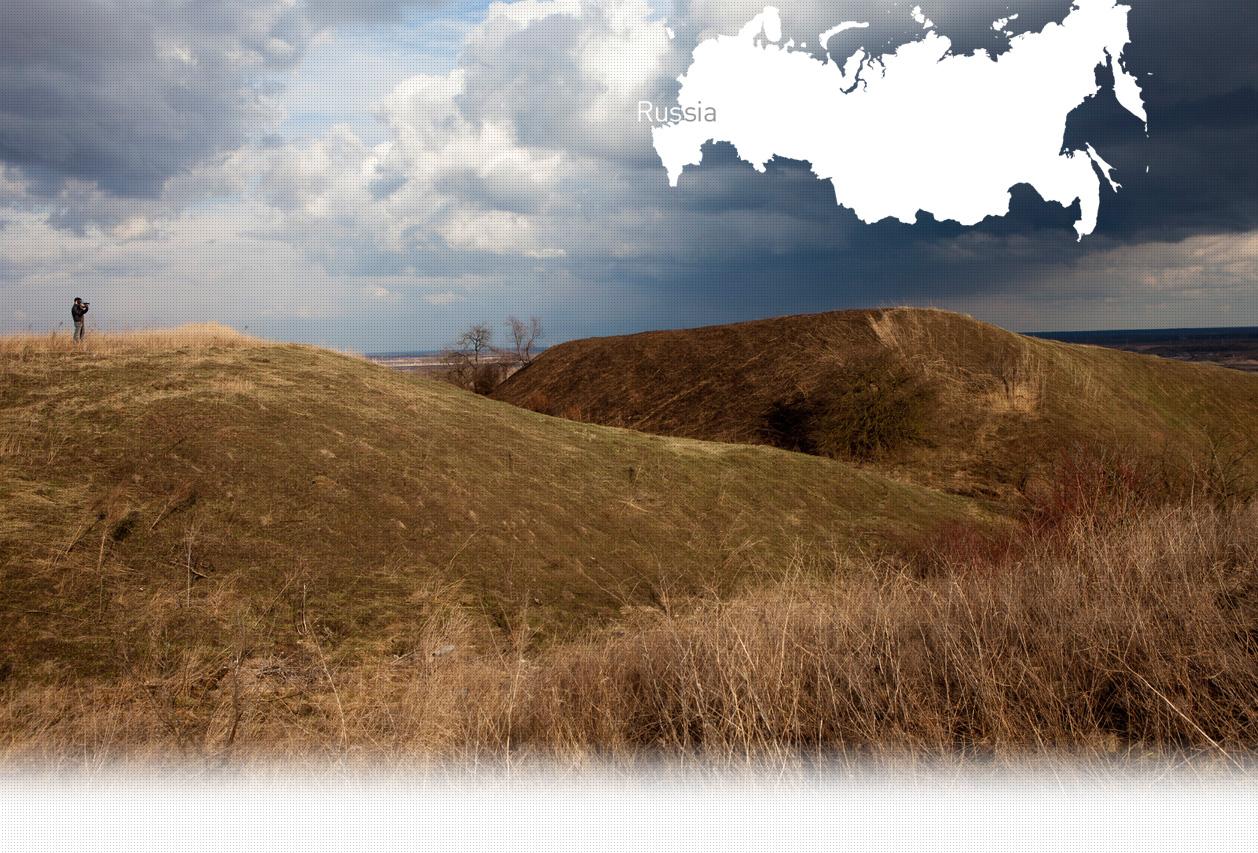

1 Killing site(s)
Andrey K., born in 1929 : « Once the Germans occupied the village they made an announcement that all the Jews had to gather in one place. The local police passed from house to house arresting the Jews and bringing them to the school building. The same day the Germans brought a gas van and parked it in front of the school. The territory was guarded. Moreover there was a fence about 1m high made of wooden planks. I could see the gas van very well because I was about 15m away when it left. It was black There was an exhaust pipe of about 100mm in diameter that was coming inside the van. It was going very slowly, about 40km per hour to be sure that all the victims would be dead by the time it arrive at the pit.” (Witness n°712, interviewed in Spitsevka, on May 18, 2017)
"On December 18th, 1942, Under the order of Kommandant Sch. and his deputy H., 174 civilian Soviet citizens, the majority of whom were women, children, and elderly people, all living in the district of Spitzevka, were gathered by Gestapo soldiers and the police in the school building in Spitzevka. On December 19th, 1942, at 4 am, a covered truck that looked like a bus without windows stopped at the school’s entrance. The German soldiers and the police started to force the partially dressed citizens into the trucks beating them with submachine gun butts. First, after groans, there were screams, but shortly after, there was a silence because the citizens were killed with the exhaust fumes inside the truck. The corpses were transported in the same truck towards the animal burial ground located at the village’s edge, where they were thrown in the previously prepared pits. The belongings brought by the citizens under the order of the kommandant were stacked in the schoolyard. They were taken to Germany afterward. […] » [Act drawn up by State Extraordinary Commission on June 28th, 1943; RG.22-002M; Fond 7021, Opis17, Delo 11]
“The members of SD12 arrived with vehicles near the house or a hangar - I don’t remember that for sure. There were more than 100 people in that building: they were civilians of Jewish origin. I saw that local police were about to bring more Jews from the village of Aleksandro-Tol into the building. It was just before this moment that we entered the building. K[first initial of a German name] and other members of the Kommando and I, everyone who wore the uniform of SD-12, we entered inside the building, while the gas van was brought to the front door. The Soviet civilians who were waiting for death remained inside the building. There were children, women, the elderly, but also able-bodied men. They remained seated on the bundles inside, which were their belongings. K. spoke in German, saying that all the Soviet citizens had to undress. I translated what K. said in Russian, for instance, that they had to leave all their belongings there. Hearing that, the victims understood that their death was imminent. They started to cry and beg for help. We didn’t pay any attention to the tears of those innocent victims and made them undress quicker. We kept the front door closed until all the victims were undressed. Once everyone got undressed, we opened the door. The victims saw in front of them the open door of the gas van. “[Interrogation of Andrey R., Volksdeutsch translator to SK12, made on September 4, 1960; B162-1283 p.137]
German forces occupied Spitsevka in early August 1942. According to the archives and field research, all of the Jews from Spitsevka and the nearby village of Grachevka, were first gathered and confined into the school building. It happened on December 18, 1942. The following day, all the Jews were forced to undress and get inside the gas van, where they were suffocated with exhaust fumes. Their bodies were then thrown into the pit, located at the edge of the village. In all, 174 Jews were murdered in Spitsevka, the majority of who were women and children.
Do you have additional information regarding a village that you would like to share with Yahad ?
Please contact us at contact@yahadinunum.org
or by calling Yahad – In Unum at +33 (0) 1 53 20 13 17